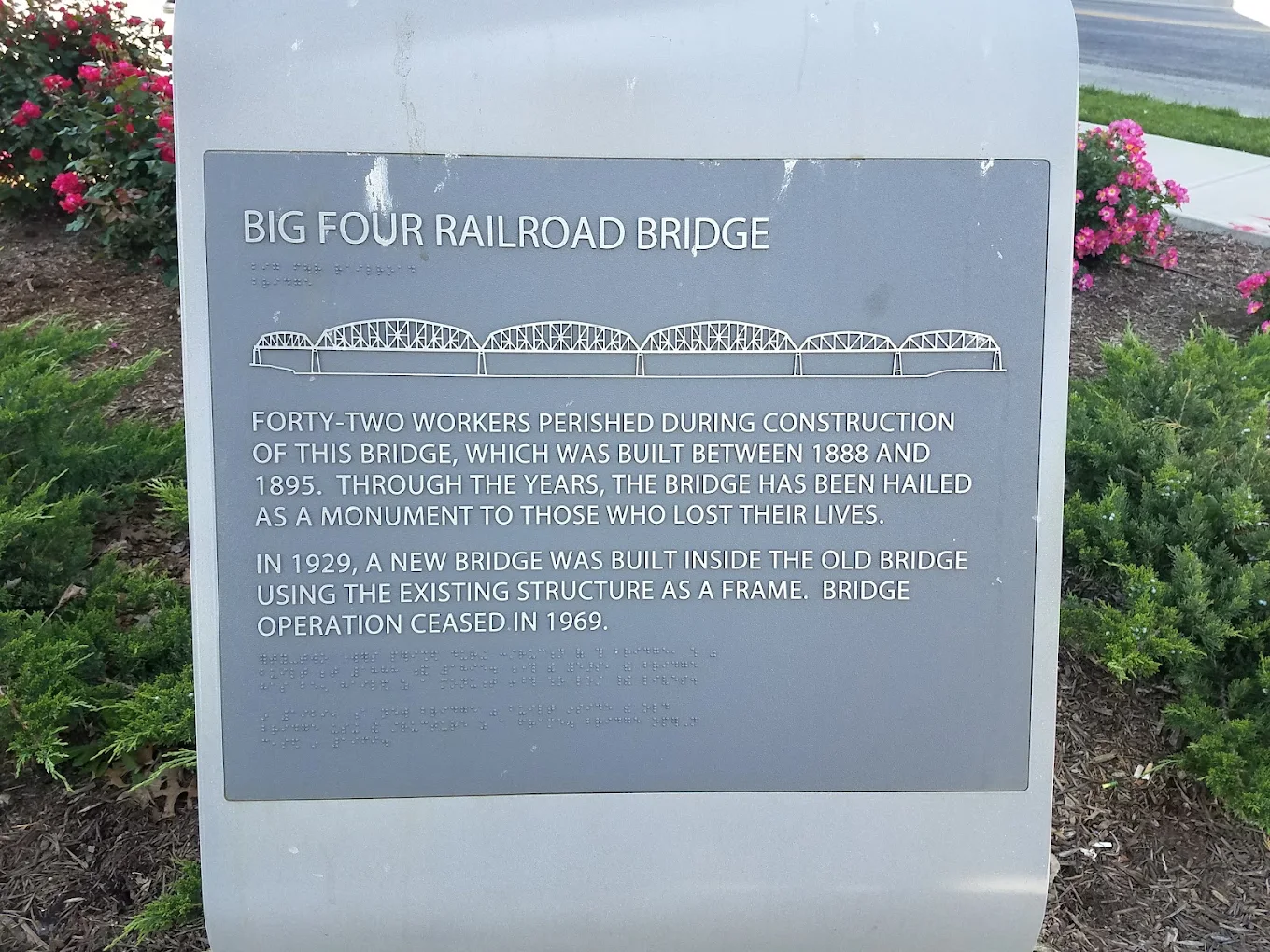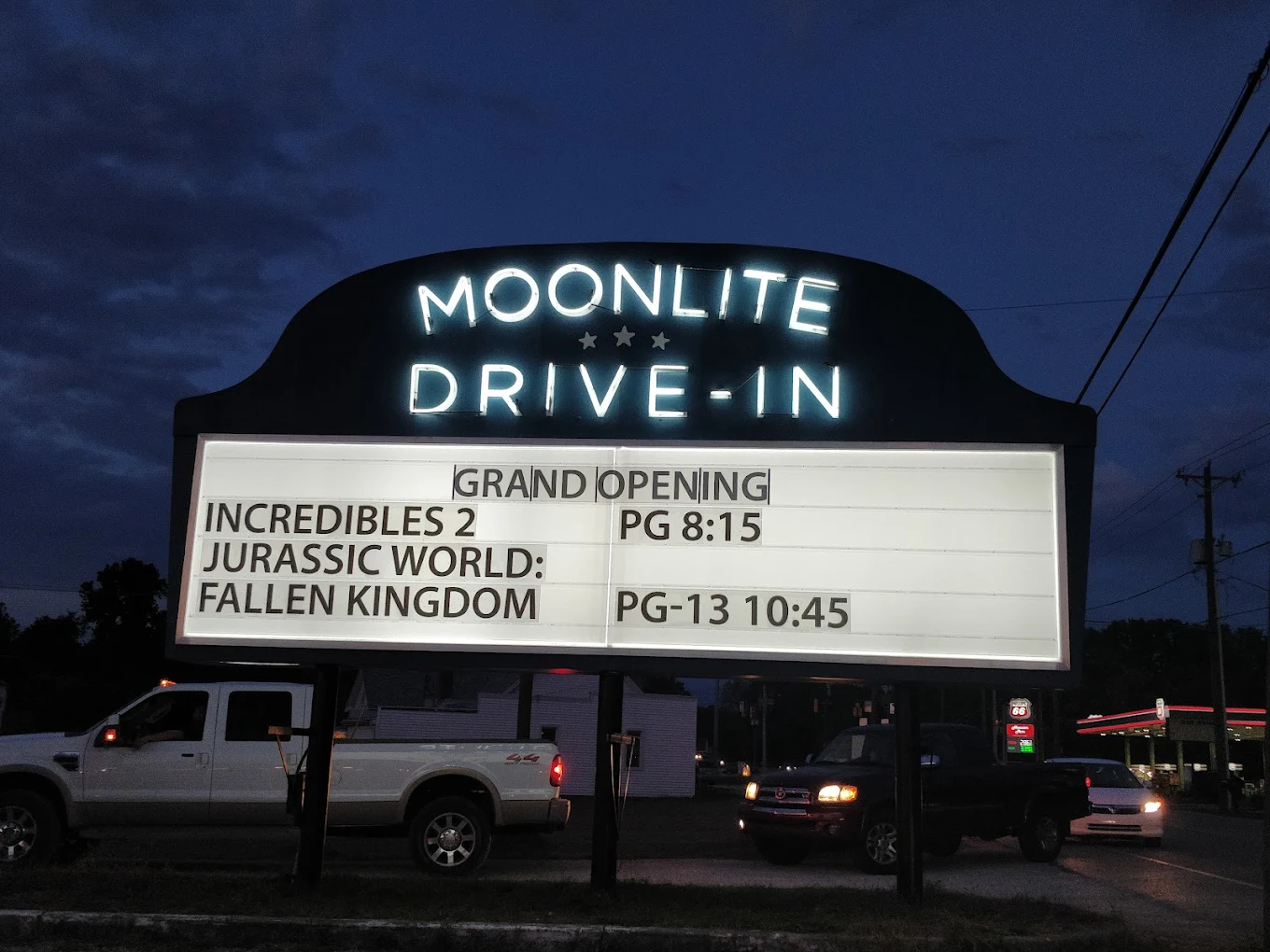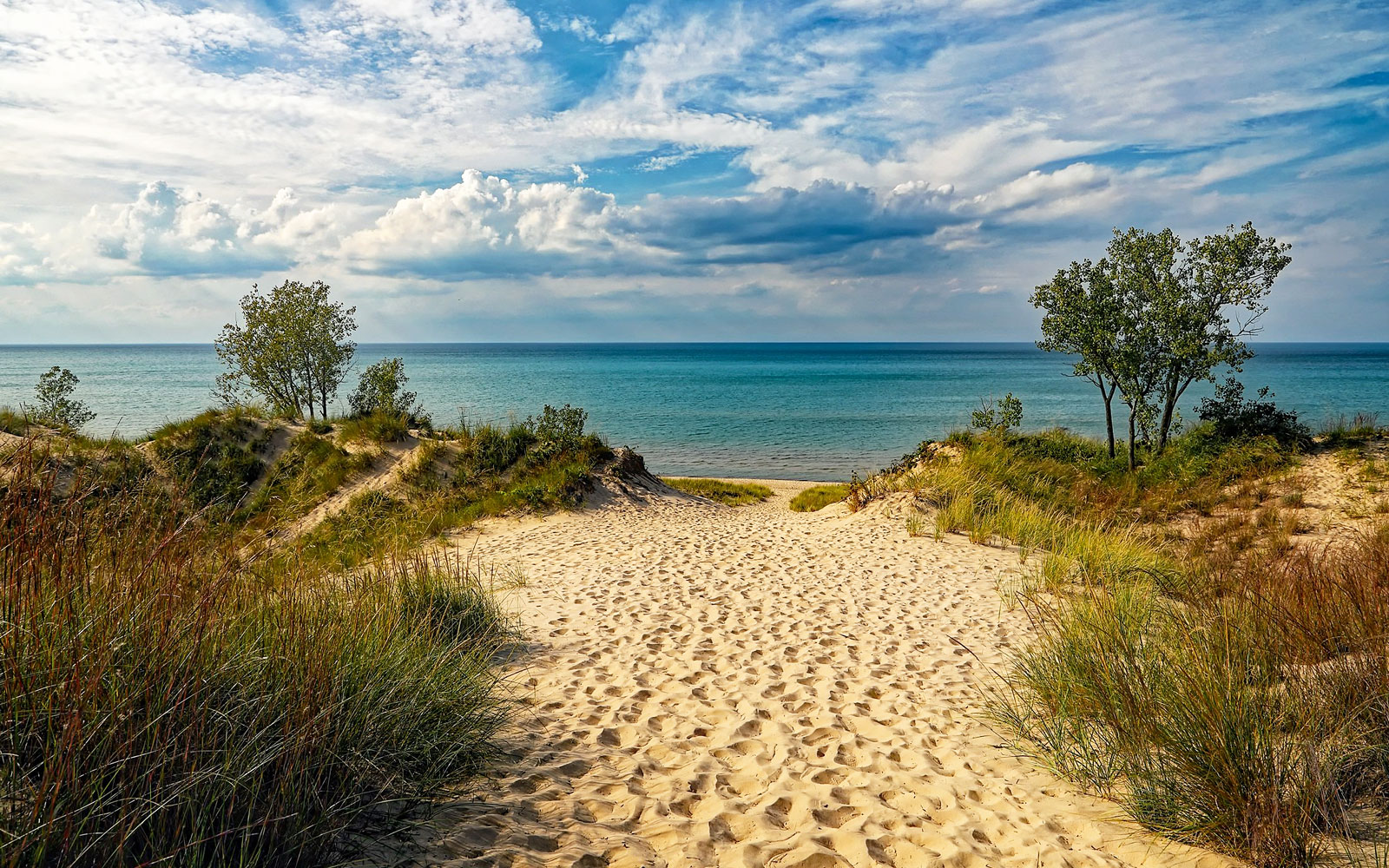From Railroad Relic to Scenic Pedestrian Path
Stretching gracefully across the Ohio River between Jeffersonville, Indiana, and Louisville, Kentucky, the Big Four Bridge was once a key piece of the region’s industrial rail network. Today, it’s been transformed into a peaceful pedestrian and bicycle bridge that connects two vibrant riverfront parks and offers one of the most scenic urban walking paths in the Midwest.
Originally built in 1895, the bridge carried trains for over a century before falling into disuse and eventually closing in the 1960s. For decades, it sat abandoned — a towering iron structure that loomed above the water but led nowhere. That changed in the early 2010s, when a major redevelopment project breathed new life into the bridge, converting it into a public greenway that’s now beloved by locals and tourists alike.
A Unique Walking Experience
The Big Four Bridge offers a tranquil, elevated stroll with panoramic views of the Ohio River and downtown skylines. The bridge is over 2,500 feet long and features wide walking lanes, gentle slopes, and shaded areas, making it accessible for all ages and abilities. Benches placed along the route offer spots to rest and enjoy the view, while built-in lighting allows for safe and beautiful evening walks.
Because it connects the waterfront parks of Jeffersonville and Louisville, the bridge sees regular use from both Indiana and Kentucky residents. Whether you’re out for a morning jog, sunset walk, or a leisurely bike ride, the Big Four Bridge provides a scenic and car-free route above the river.
History Preserved in Steel
Though it’s now a modern trail, the Big Four Bridge still wears its history. The iron trusses, massive beams, and riveted steelwork remain intact, giving walkers a sense of the bridge’s original industrial purpose. Interpretive signage along the path offers insight into its history — from its construction and the railroad era to the years it stood dormant and the eventual public campaign to save and repurpose it.
This fusion of old and new creates a unique walking experience where nature, history, and urban life meet. The rhythmic sounds of footsteps on the wooden deck, the breeze off the river, and the hum of nearby city life create an atmosphere that’s calming and vibrant all at once.
Connecting Two Communities
One of the most remarkable features of the Big Four Bridge is how it brings together two communities across state lines. On the Indiana side, the bridge connects directly into Jeffersonville’s revitalized Big Four Station Park — a green space with fountains, gardens, playgrounds, and frequent events. On the Kentucky side, it flows seamlessly into Louisville Waterfront Park, a major cultural and recreational destination in its own right.
This cross-river connection has not only improved access between the cities but has also strengthened local tourism and business. Cafés, food trucks, and local shops have sprung up near both ends, turning the bridge into more than just a walkway — it’s a social hub and a symbol of unity.
Best Times to Visit
The bridge is open 24/7 and is enjoyable in every season. Sunrise and sunset are especially beautiful times to visit, with the river reflecting soft colors and the city skyline lighting up in the background. Evenings bring the glow of decorative bridge lighting, and during warm months, live music and festivals often take place in the parks below.
For those who prefer quieter experiences, weekday mornings offer peaceful walks with fewer crowds and abundant birdwatching opportunities along the riverbanks. Photographers frequently visit for the expansive views and interesting architectural details of the historic bridge.
Accessibility and Amenities
The Big Four Bridge is fully accessible, with long, sloping ramps on both sides rather than stairs. It’s stroller- and wheelchair-friendly, with nearby parking and clean restrooms available at both parks. Bike rentals and picnic spots add to the convenience, and water fountains are located at trailheads on both sides.
Whether you’re looking for exercise, scenery, or a bit of history, the Big Four Bridge offers it all in a relaxed, open-air setting.
A Walk Through the Past and Present
What was once an abandoned and forgotten rail bridge is now a community connector, a recreational escape, and a living piece of history. The Big Four Bridge has proven that infrastructure doesn’t have to be demolished — it can be reimagined. With every step across its span, visitors are reminded of how places can evolve, endure, and inspire.




